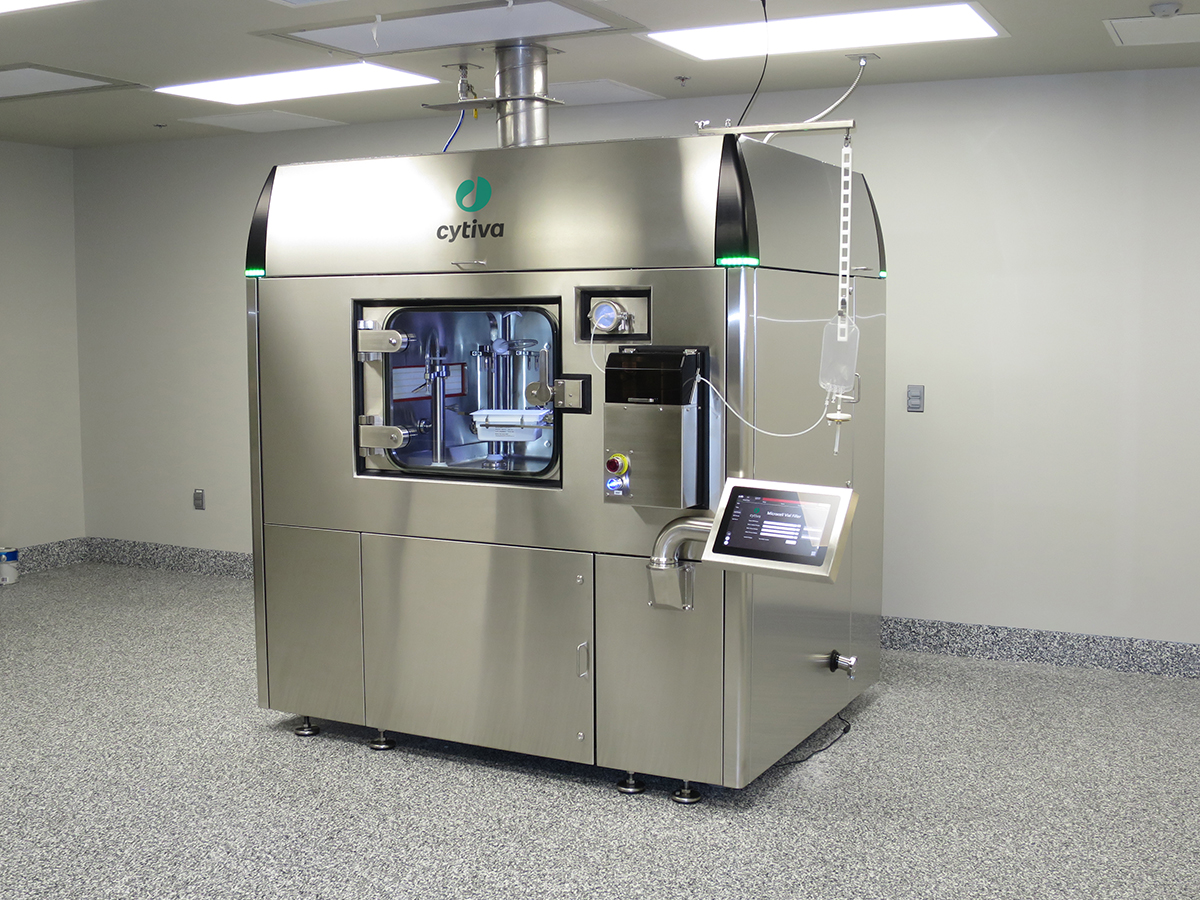Learn the difference between a gloveless isolator and a closed robotic workcell for aseptic filling of pharmaceutical drug products.
Filling vials, syringes, or cartridges in an isolator with glove ports is time consuming. And it’s prone to variability between operators who can introduce contaminants and other quality risks. Gloveless isolators are a start in closing the aseptic process and eliminating human intervention. But just removing the glove ports is not enough. Reliable automation is needed to fully reap the benefits of modern aseptic filling. Our systems check all those boxes; we call them "closed robotic workcells" (Fig 1).
Let’s break that phrase down piece by piece.
"Closed" is used in a literal sense, where the system remains completely closed while in operation.
It’s possible for the system to be completely closed because the sources of interventions have been designed out of the aseptic process. Containers are always handled in nests, never individually. They don’t break or tip, and machines don’t jam. Closures also are handled in nests, and all units in a nest are closed at the same time. There are no glove ports, mouse holes, or any other points of ingress or egress on the system, so the system is completely closed.
Crucially, humans are removed from the process. The system relies on the operator having a clear understanding of the automation system to operate the system. But it’s unlikely the operator would have to manually intervene for any reason.
Fig 1.. The Microcell™ Vial Filler from Cytiva is a completely closed system. There are no glove ports, mouse holes, or other points where humans can interfere with the aseptic process.
"Robotic" refers to the role of robotics in performing all of the material handling, filling, and closing activities inside the isolator. This differs from conventional filling technologies, where electro-mechanical parts perform the same function. The need for interventions arises from the use of such electro-mechanical parts, so they must be designed out in order to close the isolator.
Robots are used because of the very high repeatability they provide, performing the same actions for long durations with accuracy to the tenth of a millimeter. These are specially designed robots in the sense that they minimize particle generation and can withstand cleaning and decontamination substances (Fig 2).
Fig 2.. Fully robotic material handling: a robot positions a nest of filled vials for placement of the matching press-fit closure nest.
All of the material handling in our machines is done robotically. There are no conveyors, star wheels, or other common causes of human interventions in a conventional filling system. The robotic handling is identical for vials, syringes, and cartridges, which allows flexibility to be built into the system.
"Workcell" is borrowed from the semiconductor industry, and it describes a standard system performing a discrete action within an overall process. In this case, that’s filling and closing vials, syringes, and cartridges. Each Aseptic Filling Workcell from Cytiva is like every other. Standardization provides two benefits: it makes the systems faster to build and allows fleet-level improvements to their performance and reliability.
“Workcell” also differentiates against systems that might be closed and robotic but are customized or modular. The latter systems can’t benefit as readily as standardized machines from future improvements in both hardware and software design.


Fig 3.. Two standardized SA25 Aseptic Filling Workcells installed at different customer facilities.
Closed robotic workcells and sterility assurance
In conventional filling systems, where containers and closures move through conveyors and star wheels, and stoppers are in sortation bowls, extremely detailed environmental monitoring makes sense. Your risk of contamination is throughout the inside of the barrier system, including every product contact surface.
In a closed robotic workcell, the hazard contact pathway for the drug product is through a single-use, pre-sterilized flow path and into the container. Environmental monitoring requirements are different, because much of the risk has been removed. Containers and closures aren’t making contact with multiple surfaces. Airflow and monitoring are closely linked at the point where the container is filled to remove risk.
Plus, since the system is completely closed, it can run cleaner than the ISO5/Grade A required as a standard. Our workcells also use only press-fit closures with integrated stoppers, which increases product quality by eliminating the risk of particle introduction or incomplete crimps of aluminum caps.
Summarizing this topic, closed robotic workcells make significant improvements to sterility assurance and drug product quality by eliminating sources of risk. Simultaneously, active environmental monitoring is in place to understand and control the process within the workcell.
Last Updated: July 15, 2022

